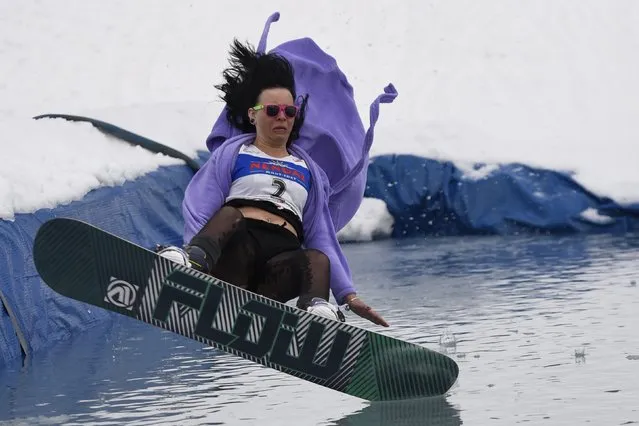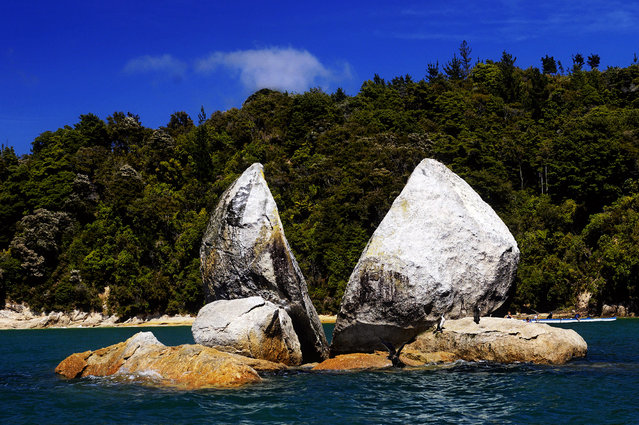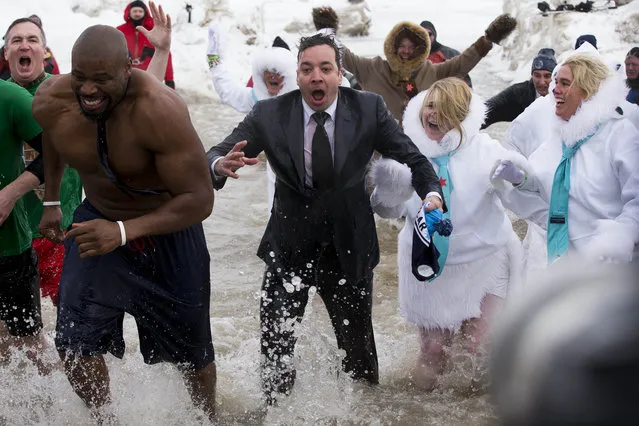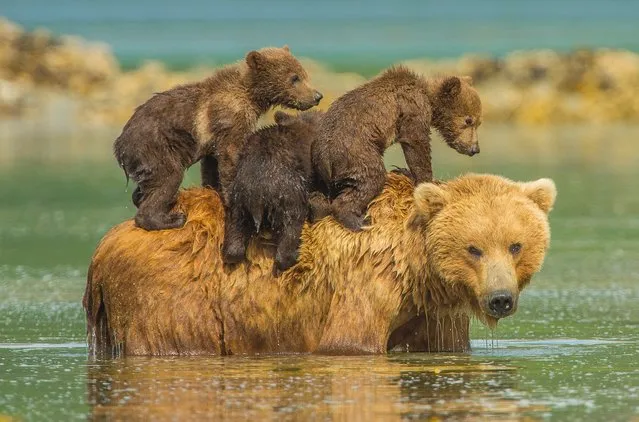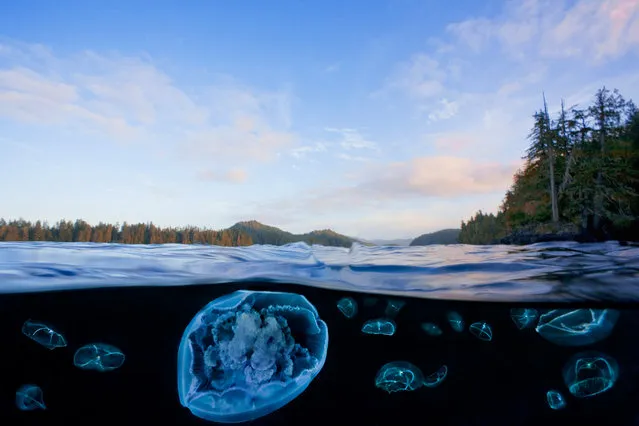
Tournament officials use golf carts to coax an alligator off of the 17th fairway and back into the water during the third round of the PGA Zurich Classic golf tournament at TPC Louisiana in Avondale, La., Saturday, April 24, 2021. (Photo by Gerald Herbert/AP Photo)
04 May 2021 10:07:00,post received
0 comments

